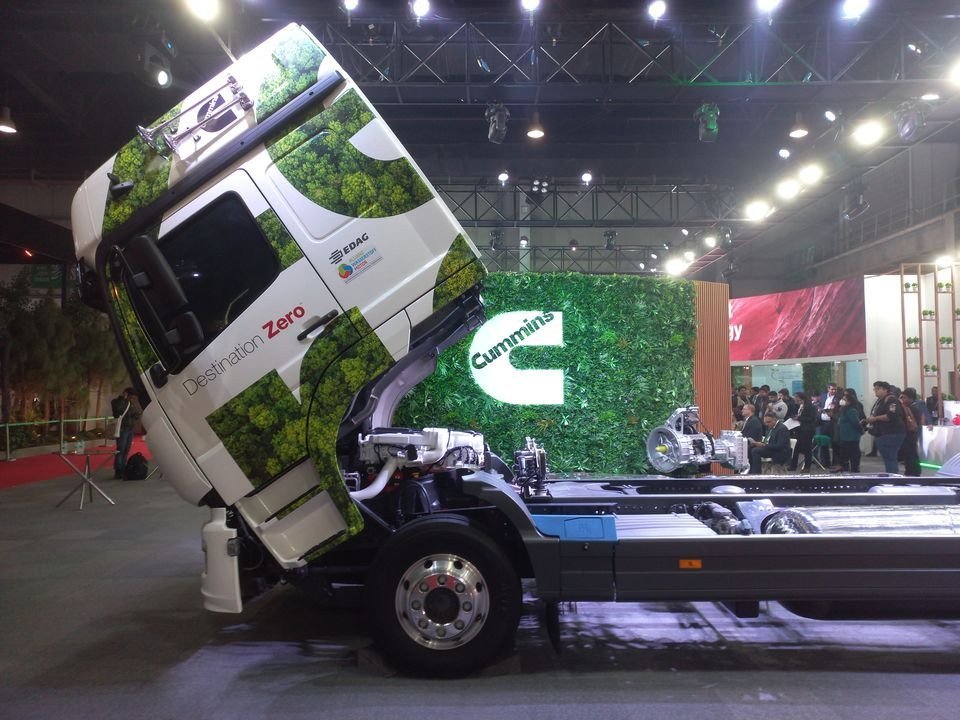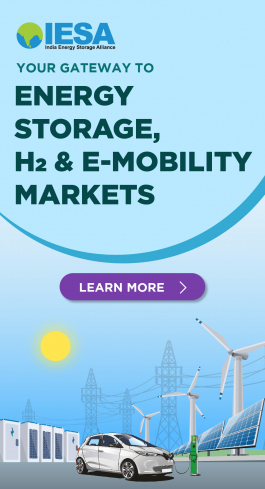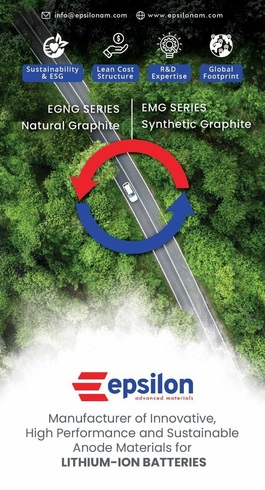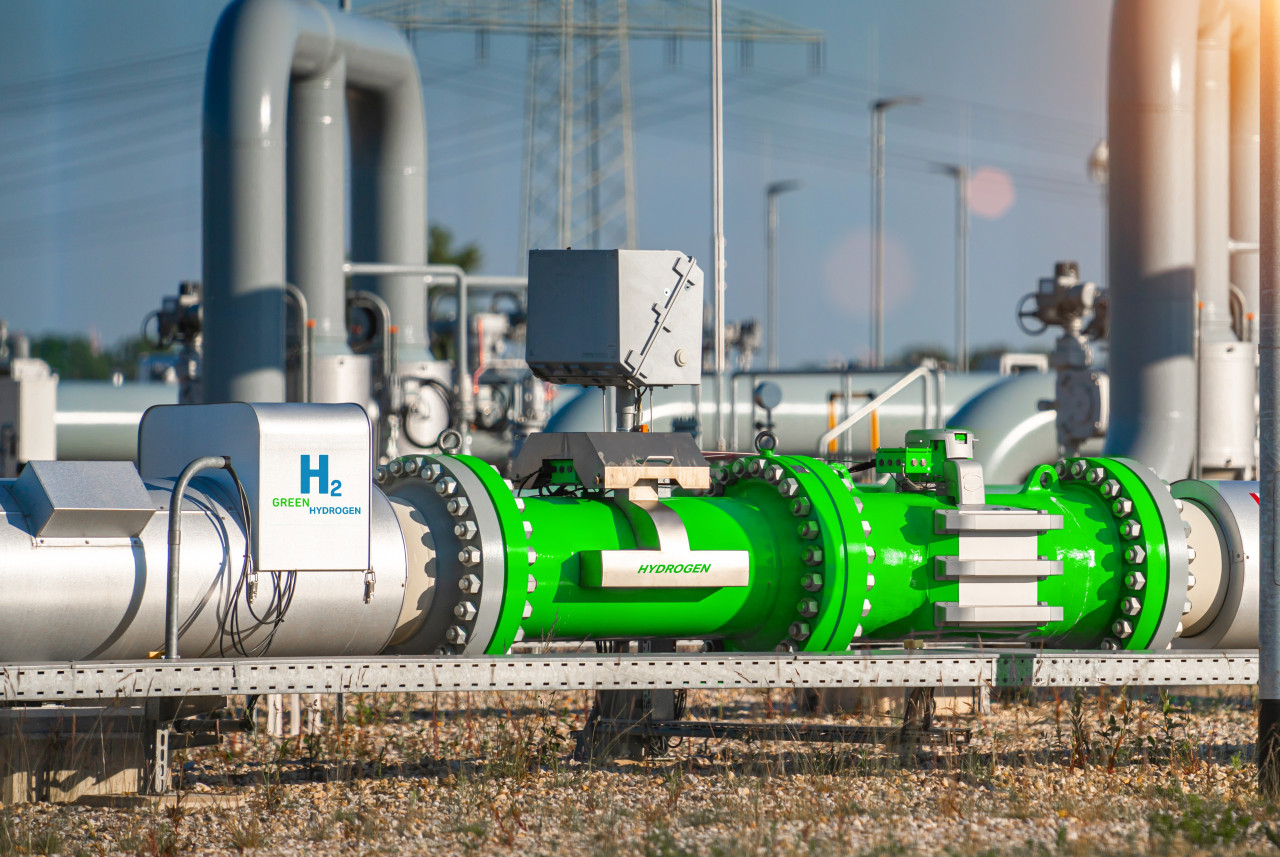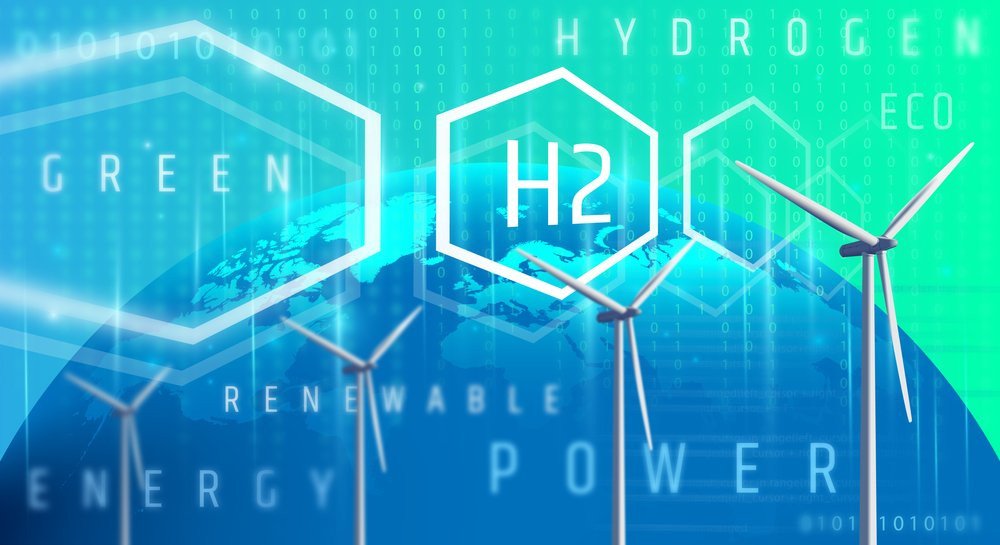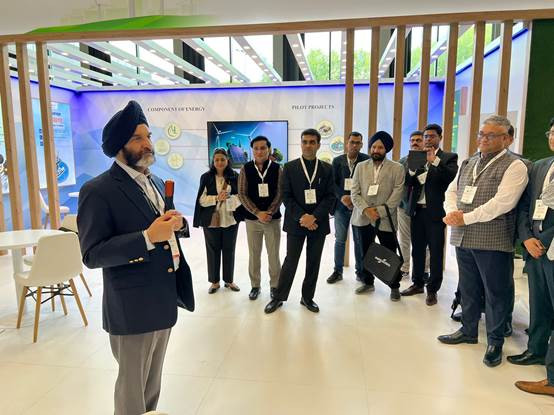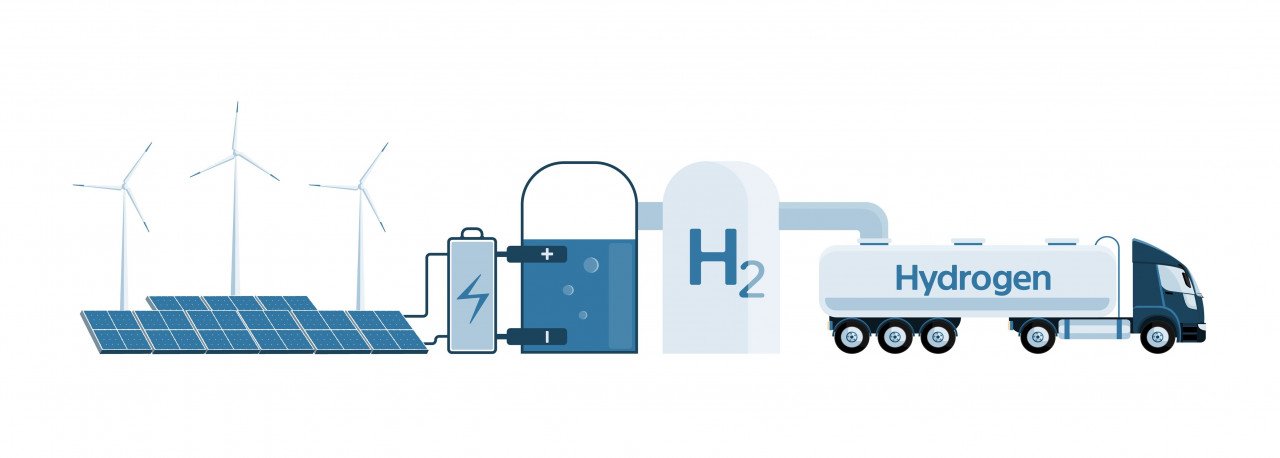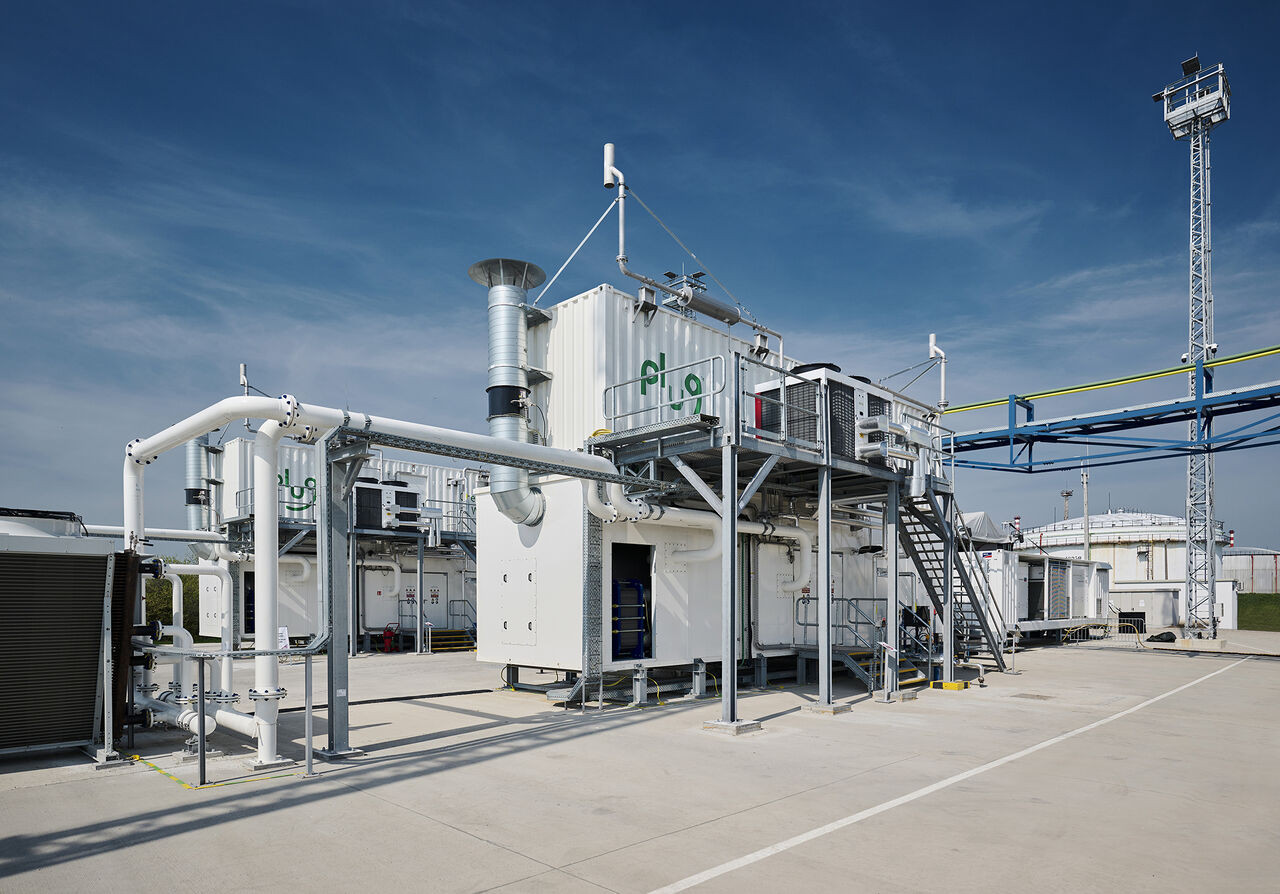4 minutes reading time
(859 words)
Cummins: Hydrogen-fuelled engines best bet for zero-emission in CVs
In conversation with Srikanth Padmanabhan, President Engine Business – Cummins Inc., on the latest technological megatrend emerging in the clean mobility space for heavy vehicles – the Hydrogen ICE.
What is the significance of hydrogen ICE technology in Cummins's Destination Zero strategy?
Achieving 'Destination Zero' goal to become carbon neutral by 2050 is our ultimate target. We operate in the commercial vehicles (CV) segment, where the range of applications and markets needs are humongous. CVs are a means of livelihood for the operators, where initial costs, lifecycle parameters and total cost of ownership are important to consider.
Certain vehicles are ready to go zero-emission, like buses with battery-electric solutions. Other CVs transition from diesel to bio-fuels and low-carbon CNG and LNG. There are few vehicles that can consider grey or blue hydrogen, which brings us to the hydrogen ICE and fuel-cell technologies.
Hydrogen as fuel for CVs can lead to zero-emissions, which is why we are focusing on developing ICE technology, as the existing fuel-cell powertrains are five times costlier than ICE solutions. Our focus is to transform an existing ignition ICE to be compatible with H2, or even other low-emission fuels like natural gas. For the first time, we are designing these engines from the ground up, in which the combustion block will be common, with different engine head units depending on the fuel type.
The reason why hydrogen ICE could be used in the transition path for the next 40 years is that it can replace diesels sooner than expected. The radiator and transmission mounts are identical to diesel engines, while a H2 tank replaces the diesel tank. The energy density in hydrogen ICE will be higher, much more efficient than battery-electrics in terms of range and refueling durations.
Further, the industrial hydrogen, starting with grey and eventually blue, used for industrial applications like steel, ammonia (fertilizers), and cement, can be used in these engines without the need for any automotive grade H2 fuel. Unlike fuel-cell powertrains that require high-grade, pure hydrogen that pushes up its operating costs, H2 ICEs can run on relatively low-purity fuel as well.
Is this technology production-ready? When can be expect H2 ICEs be ready for adoption in the Indian market? What are the upfront challenges?
H2 engines are currently at the prototyping stage, with developments happening in China, the US, and Europe. In India, it will take another couple of years. Tata Motors is extremely bullish on this idea. We have recently signed an MoU with Tata Motors for the hydrogen ICE, fuel cells, and batteries. The first to come out of this partnership, in my opinion, is the hydrogen ICE. We will start with prototypes in the coming year, and probably start producing them in the next couple of years.
Refueling infrastructure can the initial challenge, but I think there will come designated corridors with required infra setups – the areas where you can have back-to-the-base applications, or locations where you can actually produce hydrogen. People will set-up their own electrolyzers to service a large fleet with the hydrogen they produce. This will slowly extend to corridors between cities. The Department of Science and Technology's hydrogen valley proposal and MNRE's hydrogen standards policy are encouraging initiatives in this regard.
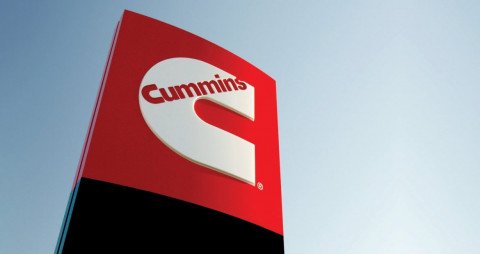
Cummins, Leclanché S.A. partner on low-emission solutions for Marine and Rail applications
International power and technology developer Cummins Inc. and energy storage solutions firm Leclanché S.A have announced the signing of a MOU towards providing ...
https://etn.news/buzz/cummins-leclanche-hybrid-battery-fuel-cell-solutions-marine-rail
Is the transition from diesel to bio-fuels to LNG and CNG, and then to H2 engines and fuel-cell a kind of progressive transition for CVs in that order?
We have a variety of CV applications where torque and horsepower ratings and the number of hours running would represent the two axes of operational parameters. Fast cars may run for 50 hours in a year, while a ship's operational requirement could be 9,000 hours per year. This puts them at opposite ends, in terms of torque. We need to keep in mind the application and differentiate between the horsepower requirements and the usage while deciding a powertrain technology. So, essentially the operational requirement is what that drives the adoption of a particular technology.
In the journey of Destination Zero, this decade will see the CV industry experiment with a number of options, leading to the second phase when preferences will begin to emerge. Two years ago, the talk was on battery-electric; now people are talking about hydrogen. Eventually, in the third phase, the grid needs to get aligned, technology needs to get robust and total cost of ownership needs to be in place to drive adoption. So, the curve leading to 2050–2070 will be early technology adopters, experimentation in mid-term, and eventually best solutions in the long term.



